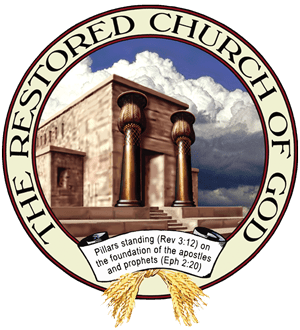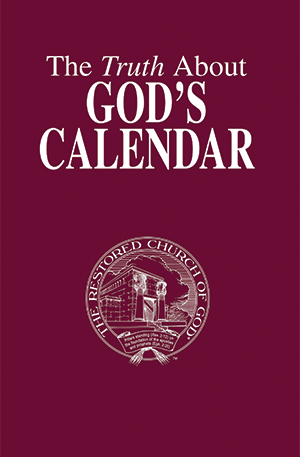B.C. is an abbreviation for “Before Christ.” A.D. is an abbreviation for “anno Domini,” which is Latin for “in the year of our Lord.”
B.C. and A.D. are commonly used to count years in time. Jesus Christ’s birth is used as a starting point to count years that existed before (B.C.) and after (A.D.) He was born. For example, the year 532 B.C. refers to the time 532 years before A.D. 1, when Christ was assumed to have been born.
Dionysius Exiguus, a monk, invented the B.C./A.D. method during the Middle Ages, early in the sixth century. Commissioned by the pope, he did this to determine the correct date for Easter. His counting method determined Christ’s birth to be the year A.D. 1. However, Jesus was actually born a few years earlier, in the year 4 B.C.
It is well established that the sacred calendar, generally known as the Hebrew calendar, began in 3,761 B.C. It is based on 12 and 13-month years and 19-year time cycles, as explained in our booklet The Truth About God’s Calendar.
Some chronologists, geologists and anthropologists object to time being anchored to any kind of Christian or religious benchmark. Instead of using the term A.D. they prefer to use the phrase “Common Era,” abbreviated “C.E.” Likewise, in place of B.C., which refers to the time “Before Christ,” they favor labeling that era “B.C.E.,” meaning “Before the Common Era.” Thus, C.E. is generally equivalent to A.D. and B.C.E. is generally equivalent to B.C.
While newspapers, magazines and other news media report what happened, The Real Truth analyzes and explains the root cause of why events happen—why humanity is at a loss to solve today’s problems.



















